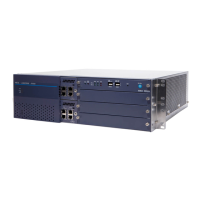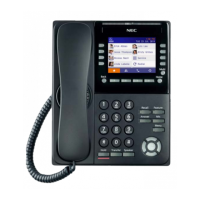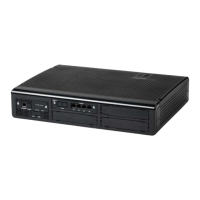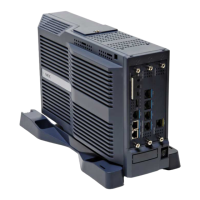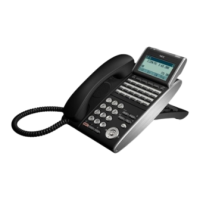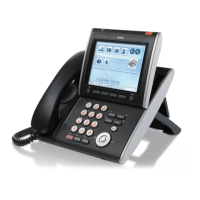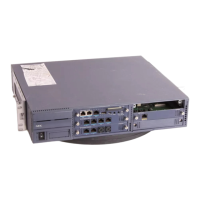UNIVERGE SV8100 Issue 1.0
SV8100 Features and Specifications Manual 2 - 649
20-09-02 Class of Service Options
(Incoming Call Service) – Caller
ID Display
Turns Off (0) or On (1) the Caller ID
display at an extension.
0 = Off
1 = On
(default = 1 for
COS 1~15)
3
21-17-01 IP Trunk (SIP) Calling Party
Number Setup for Trunk
This program assigns the Caller
Party Number for each IP trunk.
The assigned number is sent to the
central office when the caller places
an outgoing call. If the Calling Party
Number is assigned by both
Program 21-17 and Program 21-18/
21-19, the system uses the entry in
Program 21-18/21-19.
Up to 16 Digits
(1~0, , #)
(default not assigned)
3
21-18-01 IP Trunk (H.323) Calling Party
Number Setup for Extension – IP
Trunk (H.323) Calling Party
Number Setup for Extension
Use to assign the Calling Party
Number for each extension. The
assigned number is sent to the
exchange when the caller places an
outgoing call.
Up to 16 digits
(1~0, , #)
(default not assigned) 3
22-02-01 Incoming Call Trunk Setup Assign the incoming trunk type for
each trunk.
Trunks 1~200
0 = Normal
1 = VRS (second
dial tone if no
VRS installed)
2 = DISA
3 = DID
4 = DIL
5 = E&M Tie line
6 = Delayed VRS
7 = ANI/DNIS
8 = DID(DDI) Mode
Switching
(default = 0)
3
44-02-01 Dial Analysis Table for ARS/
F-Route Access – Dial
Set the number of digits to be
analyzed by the system for ARS
routing.
Up to eight digits
(Use line key 1 for a
‘Don’t Care’ digit, @)
(default not assigned)
3
44-02-02 Dial Analysis Table for ARS/
F-Route Access – Service Type
Set the Service Type (0~3) for the
Pre-Transaction Table for selecting
ARS/F-Route.
0 = No Setting (None)
1 = Extension Call
(Own)
2 = ARS/F-Route Table
(F-Route)
3 = Dial Extension
Analyze Table (Option)
(default = 0)
3
Program
Number
Program Name Description/Comments Assigned Data
Level
1 2 3

